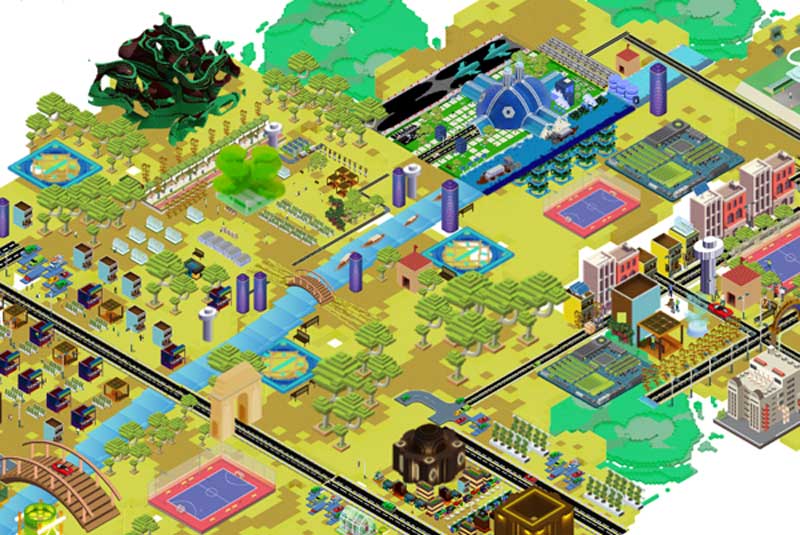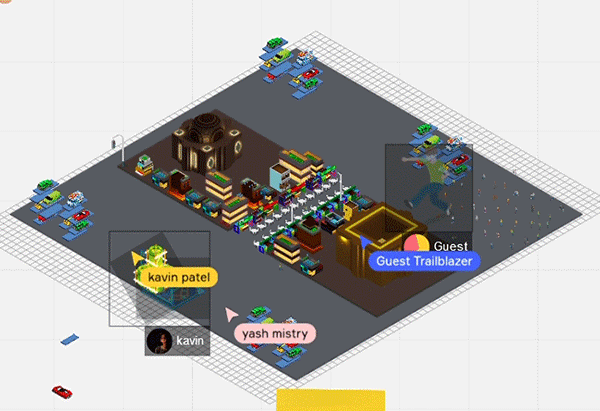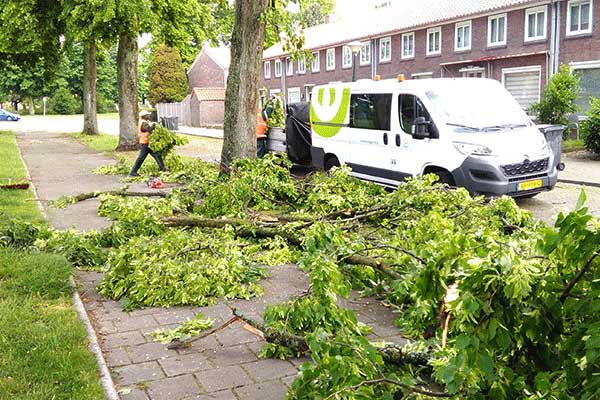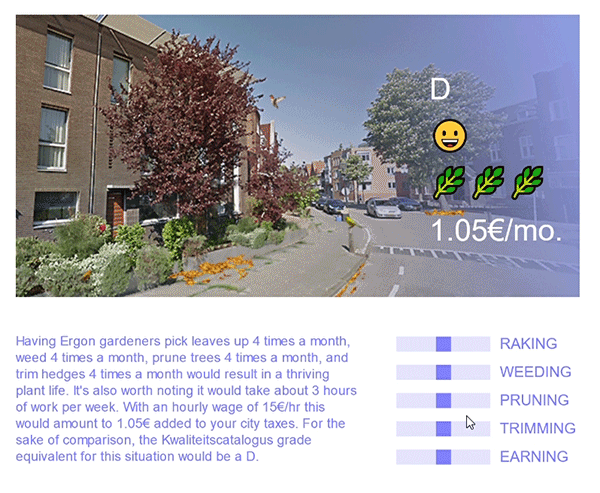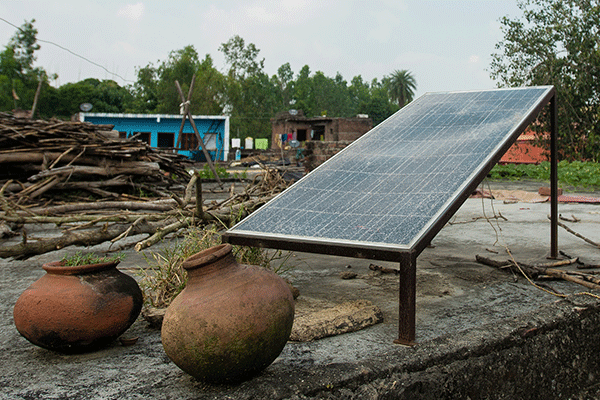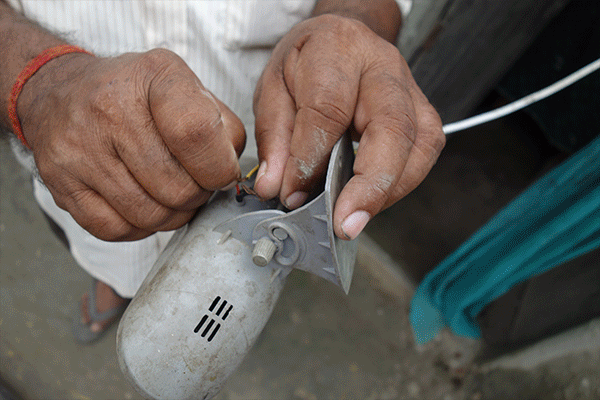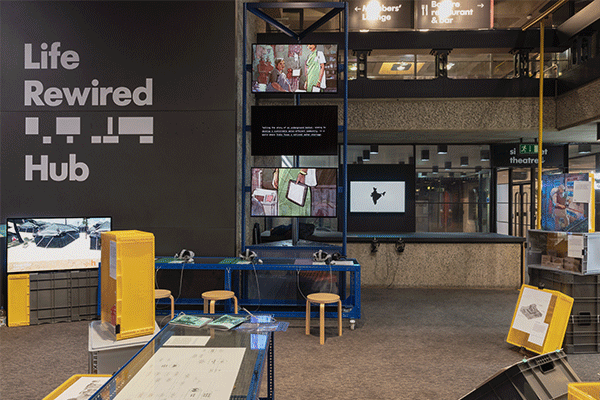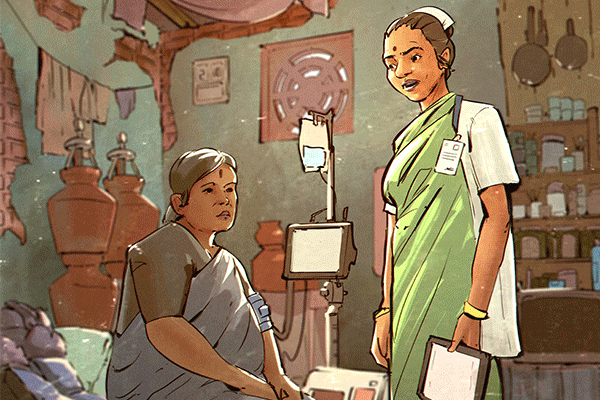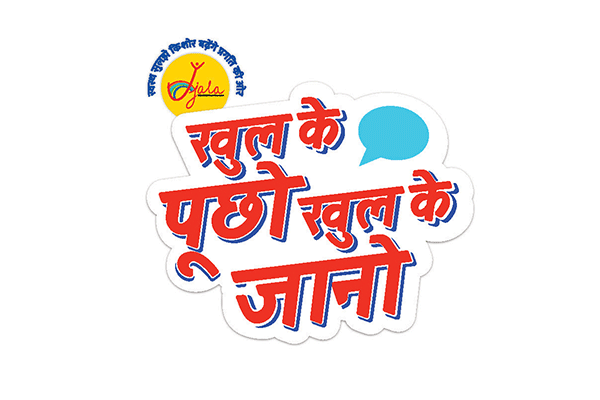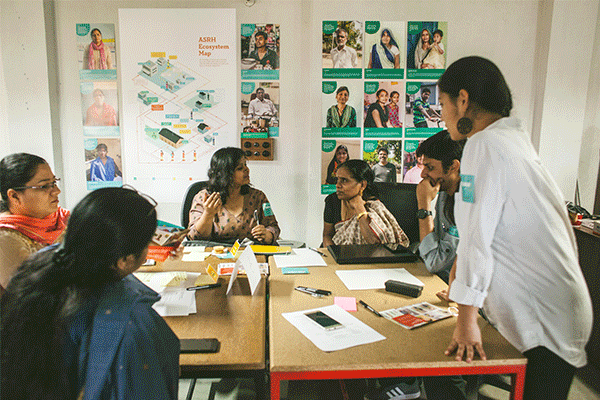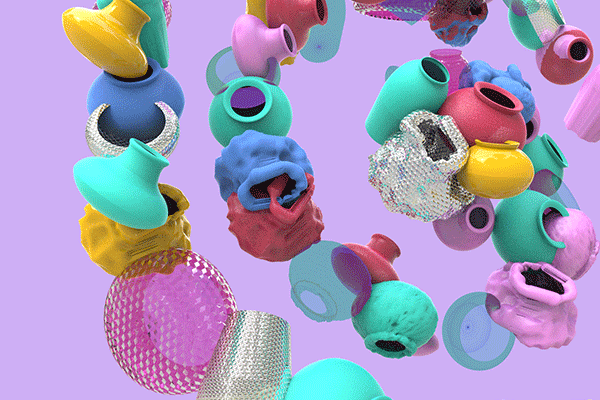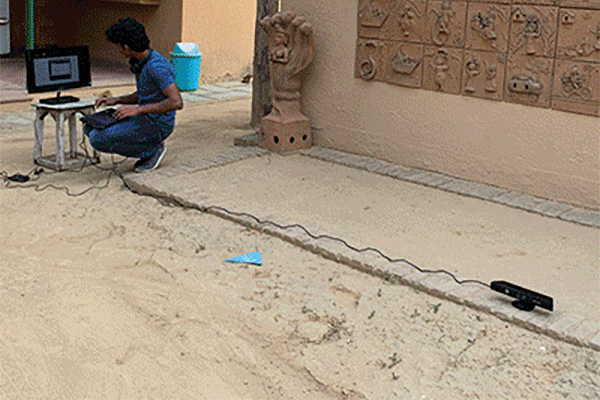Cyberlocal Dreams — 2020
🛠️💬🐙🔮🦄
A series of collaborative collaging workshops aimed at reframing imaginaries of the city. Includes courses with Anant National University, Leiden University, and Future Based.
Green Maintenance — 2020
🛠️💬
A short interactive project to help designer Cecile Epinasse explore how Ergon can use simple digital tools to sensitize local citizens to the work getting done and offering alternatives to the way greenery is managed in Eindhoven.
Life with Limited Energy — 2019
🧩💬
Research project aimed at understanding the reality of day to day life in homes with limited access to energy across the global south in India, Indonesia, Kenya, and Peru. The work was commissioned and published by SPACE10 as a public document and as an internal strategic report for the client to inform product development efforts.
HCD for Financial Inclusion — 2019
🧩🐙
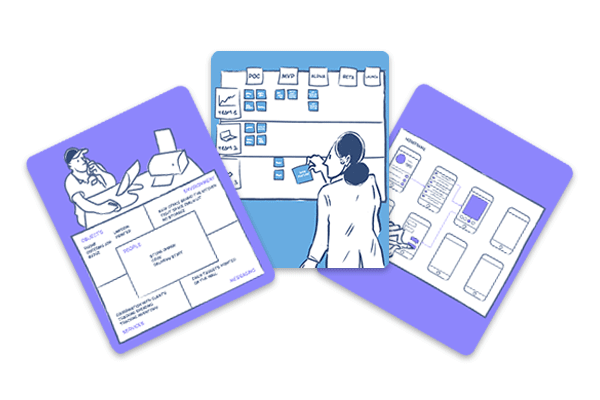
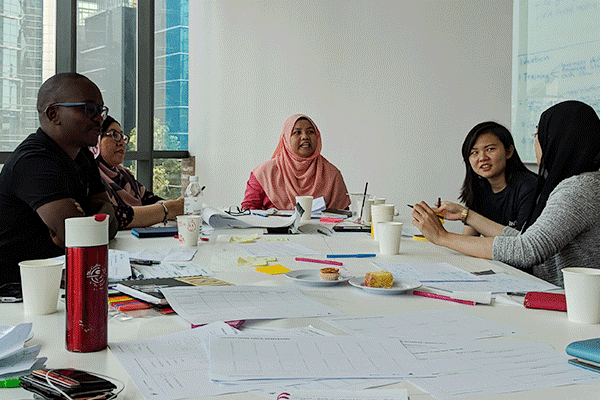
Series of three training sessions held over the course of five months organised for UNCDF Malasya's Innovation Lab around the values of Human Centered Design and customer centricity. The aim was to use a design thinking framework to help start ups participating in the incubation program better serve customers at "the bottom of the pyramid" who tend to be overlooked by larger financial institutions. The HCD lens was also used to assess the startups' ability to refine their approach as their understanding of their audience's needs matured.
UNCDF Blog coverage (EXTERNAL)
HUM2035 — 2019
🗺️🦄🔮🐙🛠️💬
What does the future of humanitarian work look like? Commissioned by the Barbican's Life Rewired Hub in London, the research and storytelling project culminated in an exhibit that attempted to provide beginings of answers while letting visitors fill in the blanks.
Project UDAAN — 2018
🧩🐙🛠️
How might we improve the access to quality sexual and reproductive health education available to adolescents in the state of Rajasthan? A project developed in partnership with the state government and IPE Global in which the our team revisited how existing services were delivered and bridged the remaining gaps by piloting new possible formats.
AI x DIY — 2018
🧩🔮
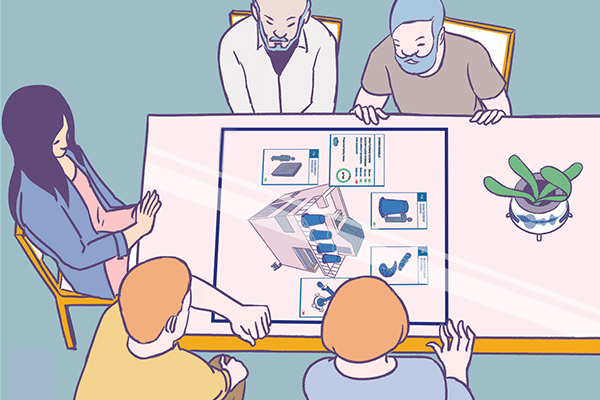
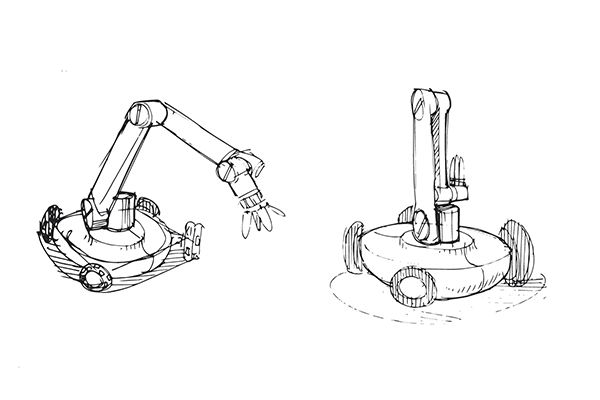
A fun innovation-themed research project on future applications of AI in the home improvement space. The project resulted in the creation of a comic that told the story of a couple living with such technologies and preparing their home for a hurricane.
Contraceptive Technology Innovation Lab — 2018
🧩🔮🐙
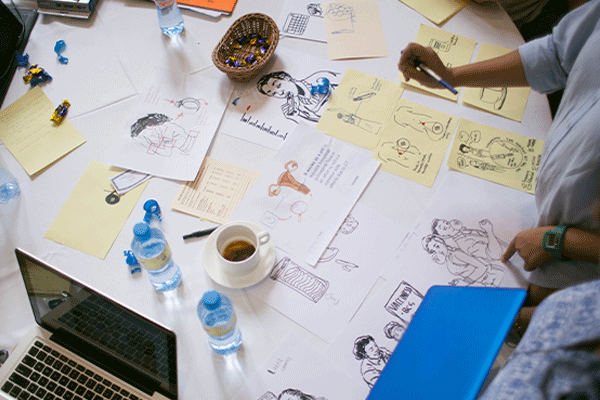
Research project conducted in partnership with FHI360 for BMGF in Kenya and India to uncover unmet needs of female contraceptive users. The findings were shared with innovators and practitioners in the space to facilitate user-driven ideation the helped generate new product ideas in women’s contraceptive technology.
Project microsite (EXTERNAL)
Rethinking Mobility — 2017
🧩🦄🛠️
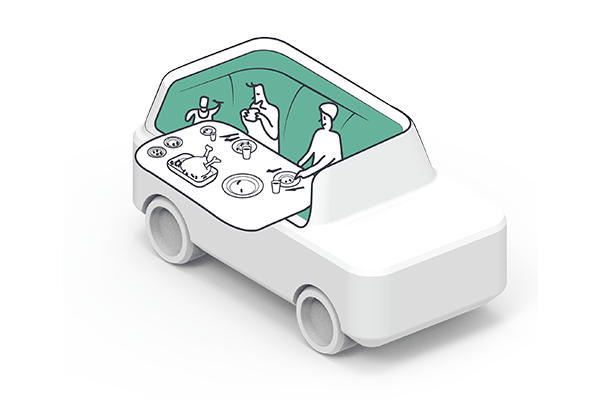
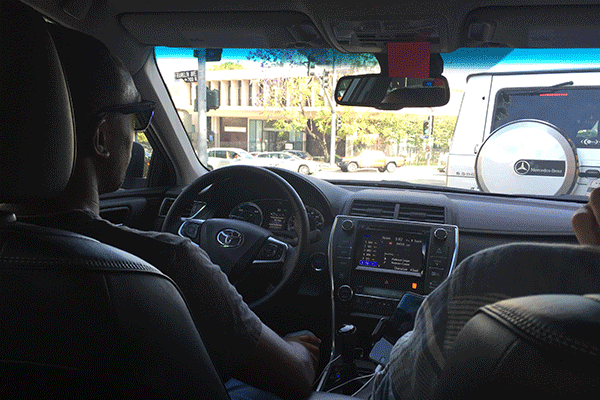
A series of market research projects rethinking mobility-related services for a automotive industry leader. Each project consisted of in-depth user research components with home visits, cocreative sessions and a more speculative spin on possible new near-future services.
Pull's Project Page (EXTERNAL)
GLMR (Good Living in Mixed Reality) — 2017
🦄🔮🛠️
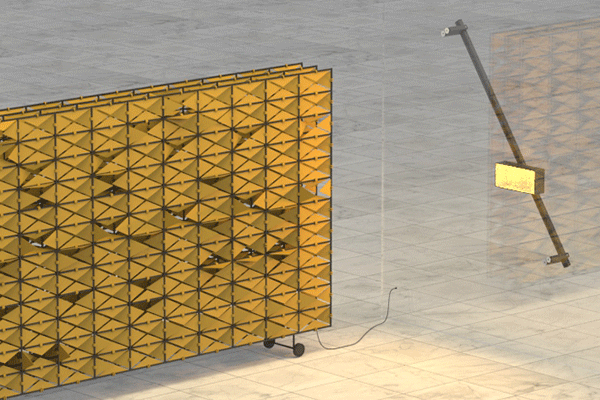
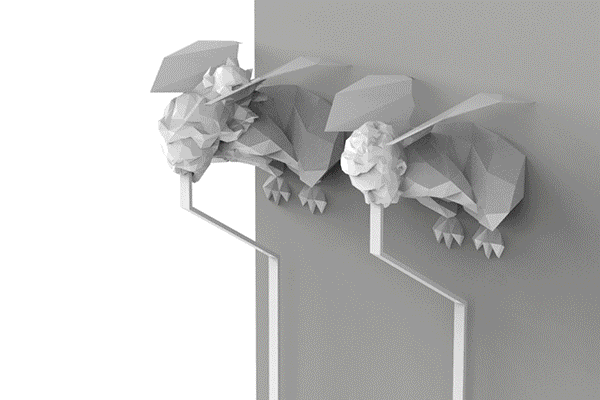
What will be tomorrow's tacky tech? The killer kitch IOT novelty? I helped design and visualise a few of the key concepts developed by Ben Hooker and Shona Kitchen in their GLMR (Glamorous Living in Mixed Reality). This was my first stab at using industrial design tools (Solidworks, Keyshot, physical prototyping) for speculative purposes.
Polinav — 2016
🧩
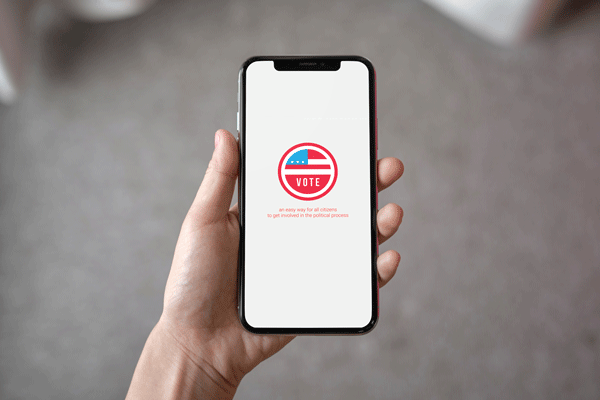
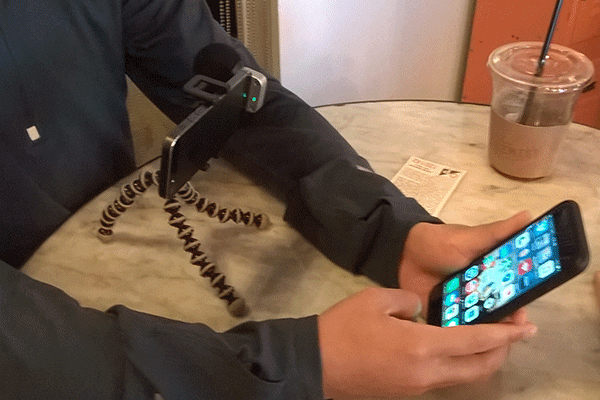
How can Polinav help voters make informed decisions about who they choose to support in the American congress? The project aimed to understand the journey of prepping for an election and how citizens planning on voting conduct their research. The project consisted of user interviews and testing the UX of the prototype while making recommendations for prioritising upcoming features.
Polinav postmortem (EXTERNAL)
Polinav APK (EXTERNAL)
DIY Stool — 2014
🐙🛠️
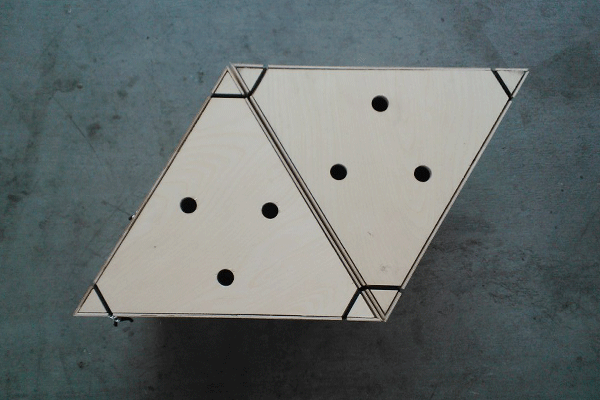
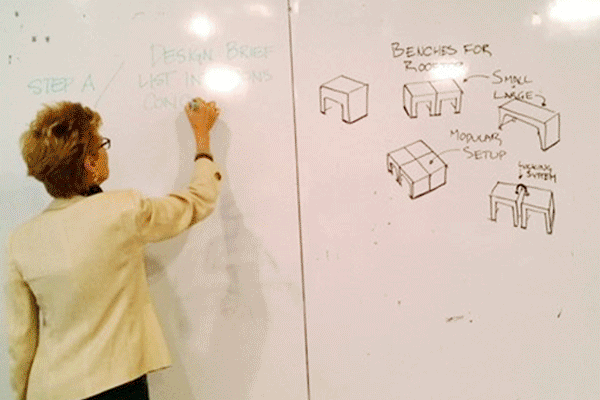
A limited series of 20+ flatpack stools created for the Art Center College of Design's Director of Sustainability initiatives Heidrun Mumper-Drumm that used no hardware or glue to keep together, used repeating parts to make them easier to fix or hack, and that were designed to used some of the key machines students in their foundational year needed to be trained on thus insurring a regular inflow of new furniture onto campus (stools and other furniture were so commonly stollen that this was a key concern for the administration).
The stools at the 2014 Bay Area Maker Faire (EXTERNAL)
ACCD DIY club blog post (EXTERNAL)
Haul Earth Ledger — 2020
🦄🔮🐙💬
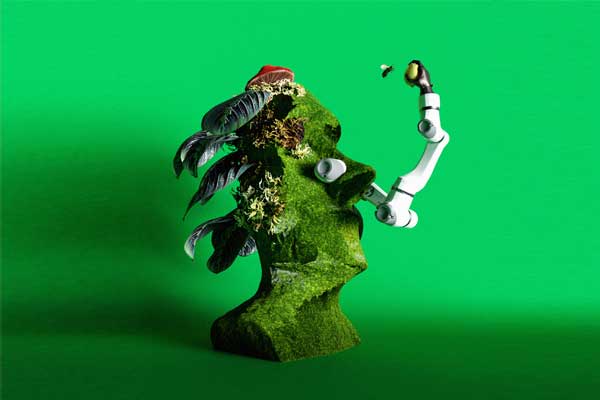
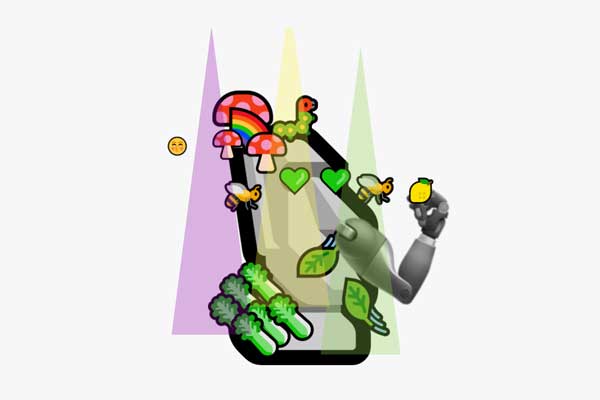
A speculative design piece that imagines what might get gifted on Black Friday when the holiday goes from being a consumer holiday to a maker holiday. The project was conceived and executed in two weeks, one week consisted of hosting online participatory design sessions in Miro and the following, leading up to Black Friday, Pedro and I put together the 3D models and the website.
VIRTUAL EXHIBIT (EXTERNAL)
Digital Crafts — 2020
🦄🐙💬
Using digital, interactive, tools to explore new spaces of making and storytelling has been a passion of mine over the years. You'll find here a collection of projects on the matter from speculative pieces to co-creation workshops to actual devices.
Digital Bunkers — 2020
🦄🔮🐙💬
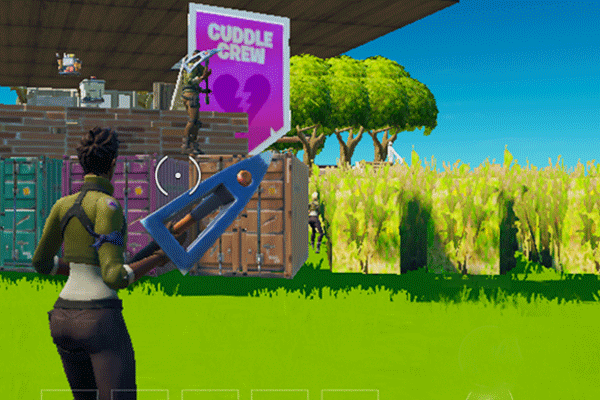
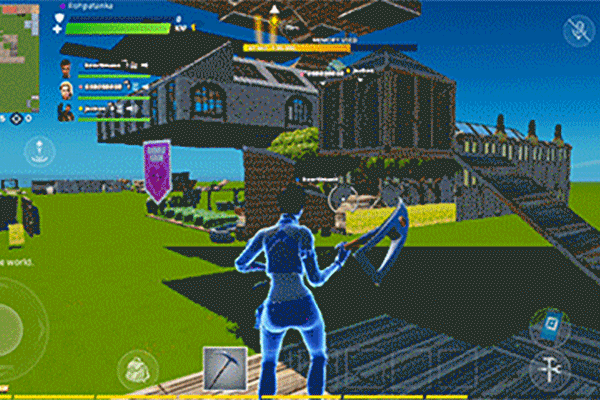
An exploration of alternative lifestyles hosted in Fortnite during the Coronavirus lockdown. Participants from around the world congregated online to collaborate and build their on digital communes.
Project archive (EXTERNAL)
PIJOON — 2019
🦄🔮🛠️
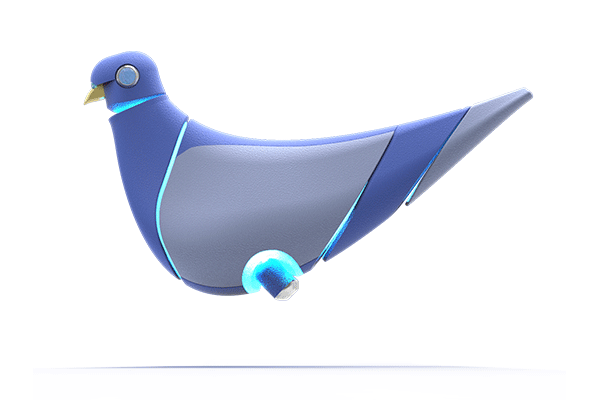
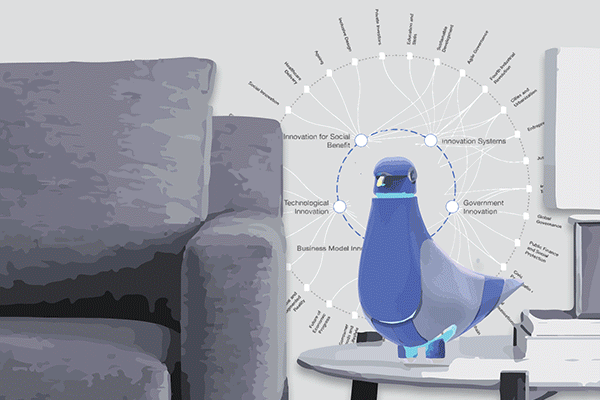
A project started prior to Covid19 on finding new metaphors to speak about mass surveillance, precision healthcare, and IOT. The world we live in is at an interesting crossroad where increased criticism and awareness over the shortcomings and pitfalls of intrusive surveilance tech (stingrays, drones, cookies) and the convenience promised by the growing ubiquity of connected devices both vastly different possible futures.
I tried to imagine what a path between the two might look like and how both worlds could find ways to appeal to the other through the lens of one of the many services provided in this world: a neighborhood health monitoring device in the shape of a pigeon.
BYOB — 2019
🦄🔮🐙🛠️
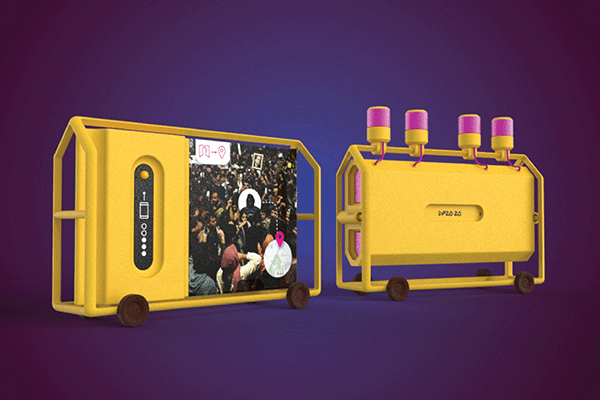
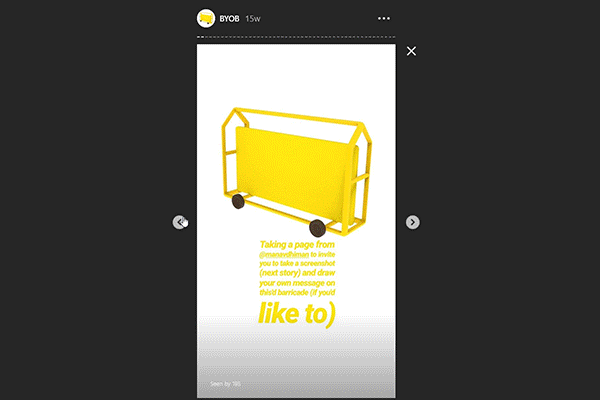
Bring your own barricade was an informal project that emerged during the CAA and CAB protests in India. The idea was to explore how a ubiquitous symbol of crowd control, law enforcement, but also often neutral tool for traffic mitigation could be reclaimed to voice the needs of citizens rather than that of the Delhi police.
For this project I gave friends on social media a blank rendering of a barricade for them to express themselves under the banner of BYOB. This resulted in a unique collection of barricades which I hope one day I will get to bring to life in the physical world. Using these contributions I created a series of designs for alternative uses of barricades both as new means of policing or servicing the needs of protesters as they occupied the streets.
I have been fascinated by barricades as a form of urban furniture ever since I arrived in India and had already made some artworks around the topic. This short project also shows the natural progression from one exploration to the next linking the tools created for PS to the questions asked in Pijoon.
PhotoSueding — 2019
🦄🛠️
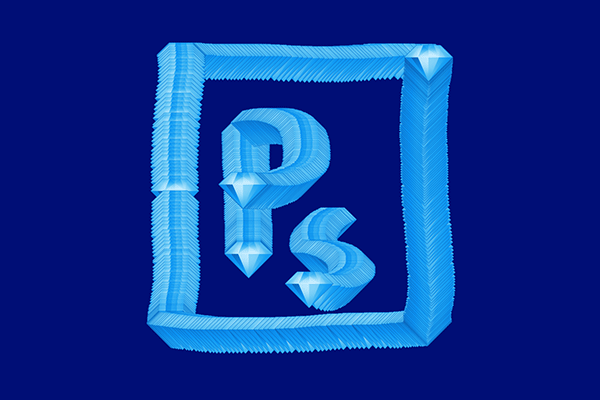

Series of experiments weaving analog sketching techniques and creative coding. Created in Processing for Harshit Vishwakarma and myself, to create unique print and interactive artworks.
PROJECT PAGE ➜
Automation and Design Sprints | Quicksand Design Studio — 2019
🦄🔮🐙🛠️💬
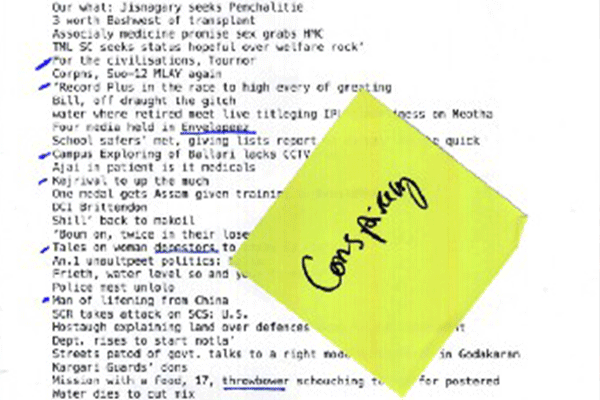
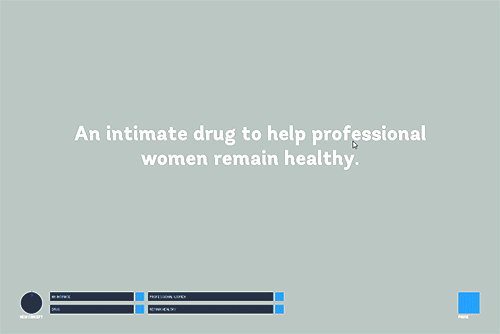
A collection of workshop experiments focused around challenging fixed ideas by creating simple programs and games to quickly generate ideas, worlds, or conspiracies! These were run during the Unbox Festival in Bangalore.
Virtual Narratives — 2018
🦄🛠️🔮🐙
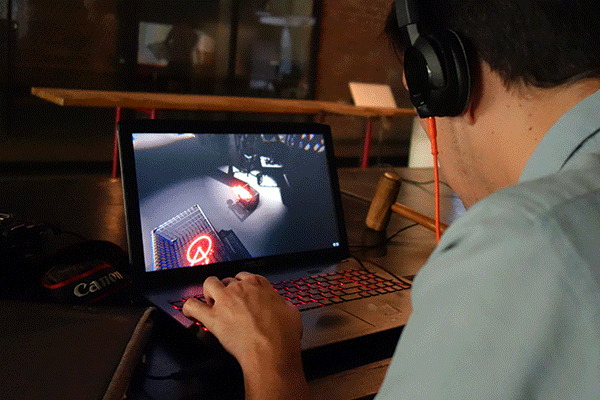
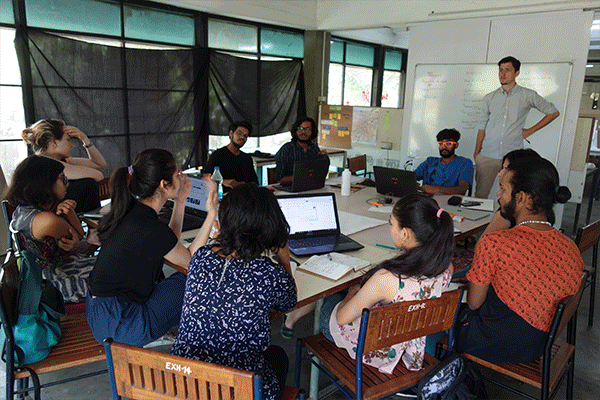
Series of workshops on telling stories through virtual spaces. Both sessions were hosted with Salil Parekh, and paired narrative building with game design. The spaces and the navigation within them was first storyboarded then physically prototyped before being translated into digital assets using Unity.
Session 1: Virtual Narratives (EXTERNAL)
Session 2: Humanitarian Futures (EXTERNAL)
[ T ] Joinery — 2017
🗺️🛠️
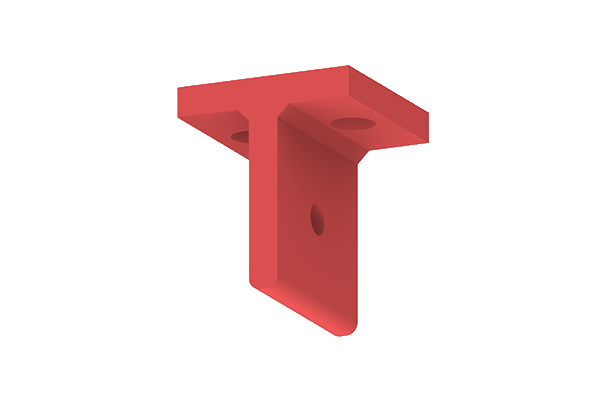
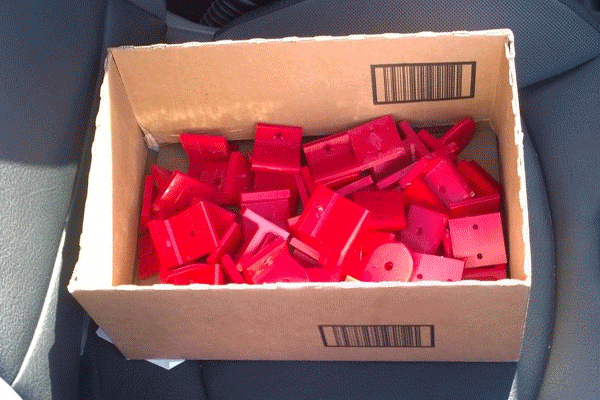
A 3D printed joinery system designed to be used with easily sources 2" x 2" to create furniture that is easy to assemble and improvise with.
FELIX — 2016
🧩🛠️
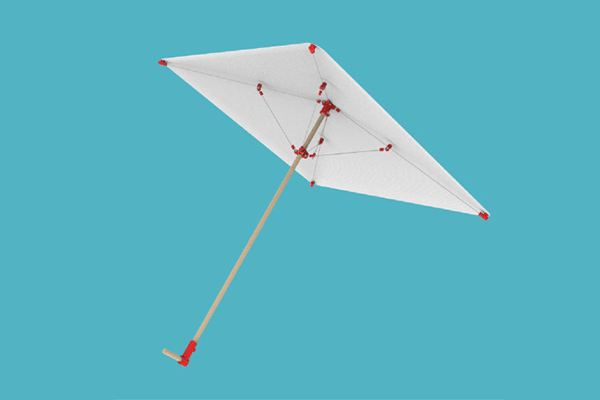
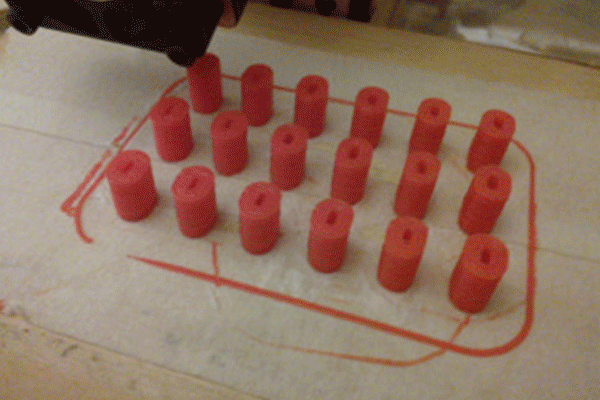
Personal project exploring how objects of the everyday could be redesigned to better fit in a world with a mature, decentralized, production ecosystem. This repair-friendly product aims to make a case for the viability and relevance of considering such possibilities.
Sensorial Prosthetics — 2016
🔮🐙🛠️💬
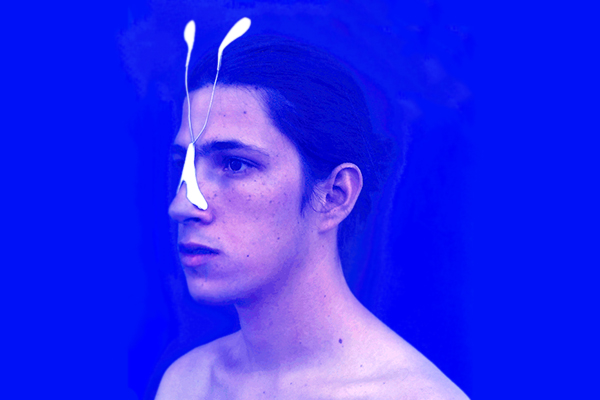
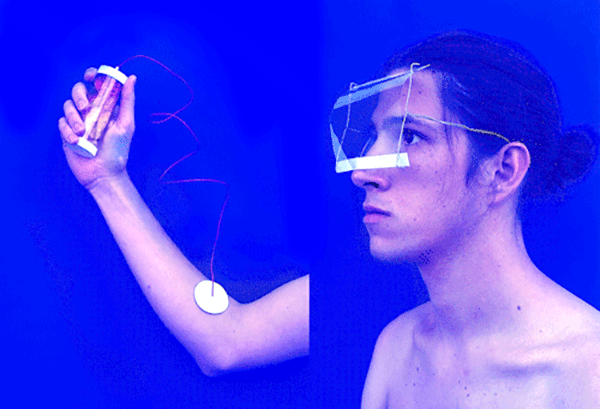
Amidst the wearable tech and health-frenzied hype, Sensorial Prosthetics aimed to create a surreal safe space to experiment with the sometimes uncomfortable threshold of the skin. The workshop challenged participants to imagine a world where humans were born with only one facial feature forcing them to complement other senses through new, inventive prosthetics.
Sensorial Prosthetics (EXTERNAL)
Windforming — 2014
🧩🦄🗺️
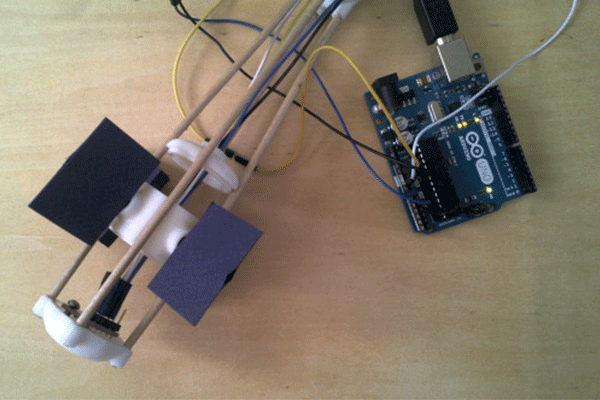
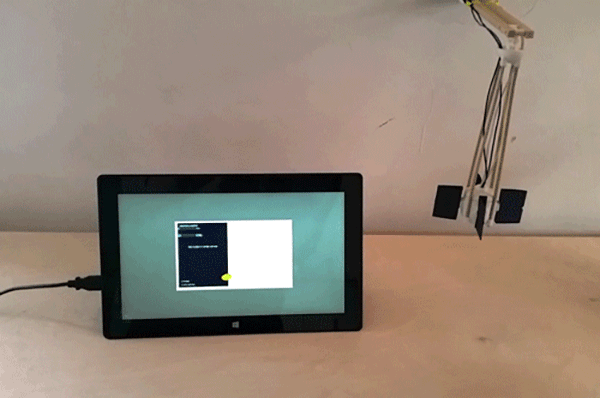
An interactive device created to embbed the unpredictability of the wind into your designs. Windforming is a student project I developed over two years first as a Wacom tablet hack and then with its own electronics using Arduino. The device espoused the open-source, creative coding, future of craft spaces I was driven and gave me the chance to get in touch with a few design and artist heroes of mine (Matthew Plummer-Fernandez, Jason Pilarski, Evan Roth) at the time.
My work has enabled me to work between Los Angeles, Paris and Delhi across various industries including access to clean energy, humanitarian aid, sexual and reproductive health.
Outside of client work I regularly experiment with new tools and methods dreaming up MAKER-FRIENDLY FUTURES or playing around with PROCESSING.
Please make yourself at home, this site was designed to be as derive-friendly as possible. Take your time!
